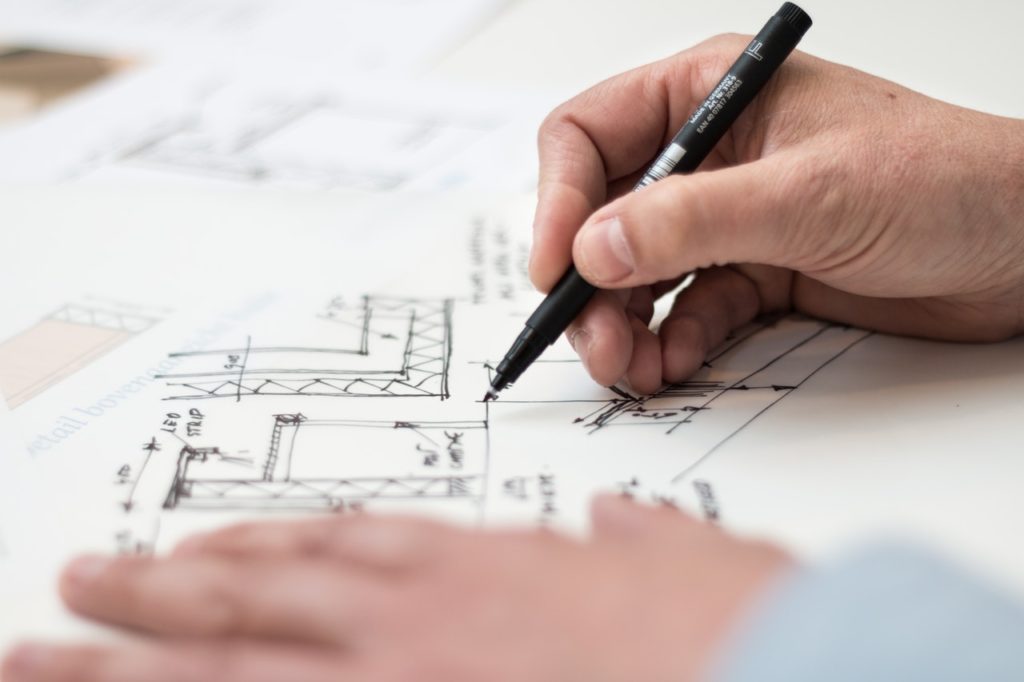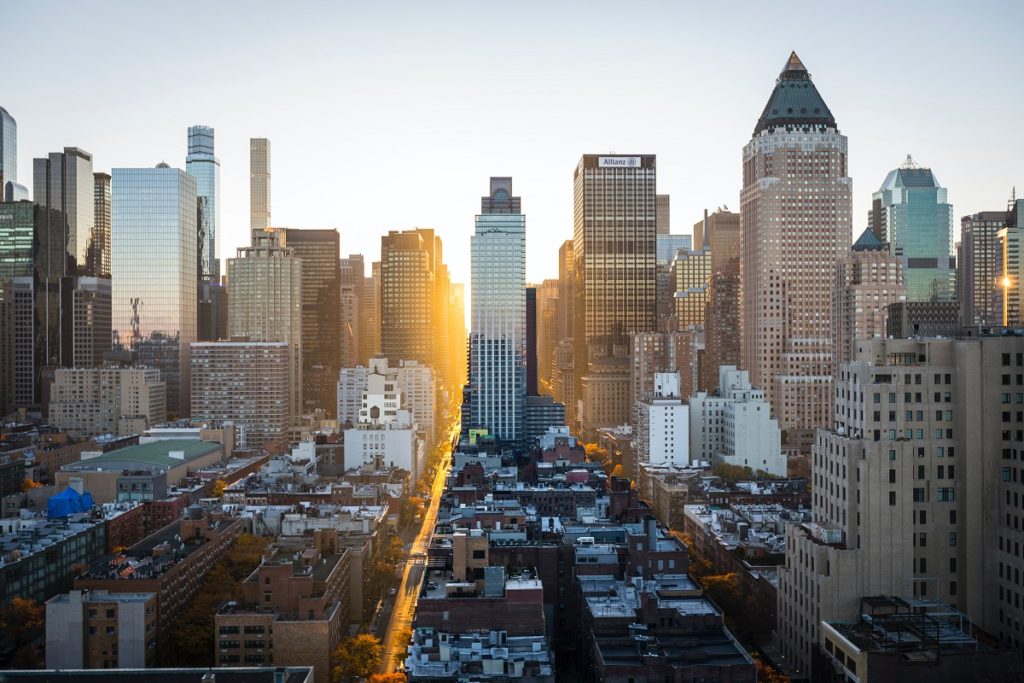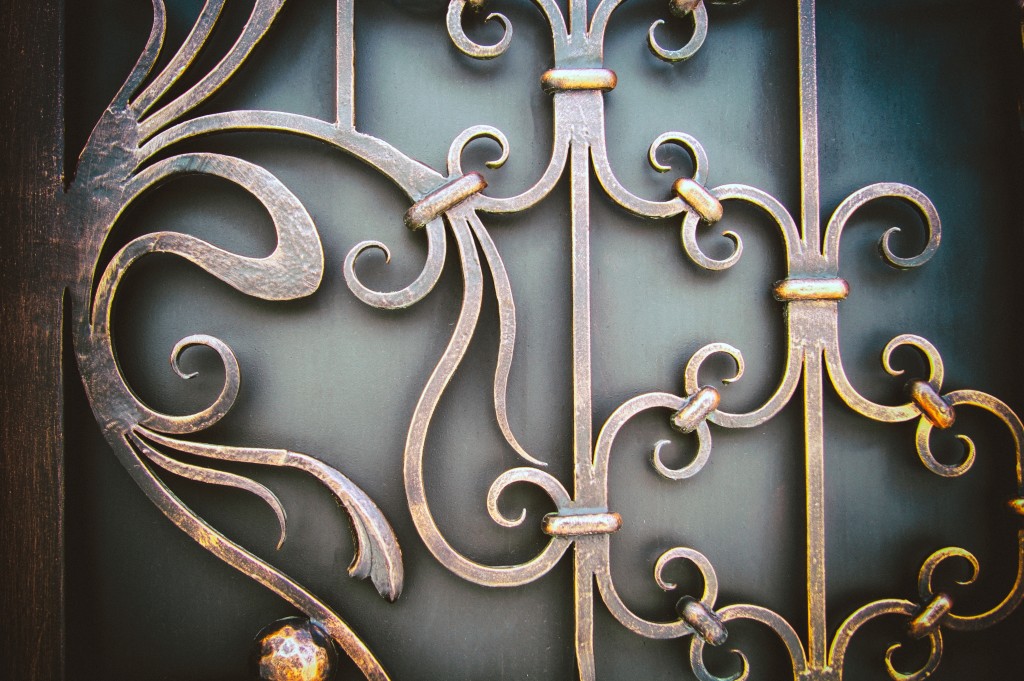Throughout history, massive societal changes and the emergence of various diseases have influenced the way buildings and structures are designed and built. The effects of climate change and the COVID-19 crisis will be no different, with global warming and the pandemic making a significant impact on how properties will be designed and built moving forward. Here are some architectural and interior design trends for commercial properties that we can expect this 2021.
Industrial themes
This concept will be marked by a distinctly “warehouse” look—think exposed metal bars, brick or pre-cast concrete walls, and worn-out wood flooring. An industrial theme design is all about converting a building’s working components such as columns, beams, flanges, ducts, and pipes into a stylish aesthetic that gives commercial properties a modern and masculine undertone. This theme will serve an aesthetic purpose; it will also help property owners rehabilitate outdated structures without completely tearing them down. It’s all about working with existing elements and making them better instead of purchasing new materials—which is ultimately healthier for the environment.
Smart living upgrades
Smart buildings were already all the rage before the pandemic began, but the COVID-19 pandemic has accelerated the need for these upgrades even further. One commercial property design that will be beneficial in COVID-19 is voice-commanded features, which eliminate the need for people to get their hands anywhere near high-touch surfaces.
Smart buildings are also energy-efficient, which means companies that rent out commercial properties might save more on utility bills and will be kinder to the earth in the process.
Environmentally-friendly and conscious
Speaking of being kind to the planet, there will be greater advocacy towards environmentally-conscious design. The architectural and construction industries shifting gears towards more ecological and sustainable design, especially since the world’s governments are also pushing for more eco-friendly practices across the board.
Choosing sustainability in buildings is all about minimizing the ecological and environmental impact, ensuring that the indoor environment is healthy for its occupants. The materials used will meet standards that protect against damaging chemical emissions.
Open spaces for multiple activities and events
Since the World Health Organization and the U.S. Centers for Disease Control and Prevention discourage large groups of people from gathering in enclosed spaces, public spaces will be designed to respond to society’s need for heightened physical distancing. There will be more multi-functional public spaces that can be adapted and transformed for whatever purpose, such as parking lots that can double as food parks or farmers’ markets. Providing public spaces like these can help companies host various retail and wellness industries, which will provide consumers a break from self-isolation.

Transparent workspaces
Many suggest that the COVID-19 crisis will mark the end of open layout offices, but that’s not necessarily true. The open layout design is still useful for giving workmates a sense of camaraderie and trust. Instead, offices would do well to employ the use of clear dividers or Plexiglass to keep people from being infected. It will be a great way to allow employees to see each other while keeping them safe from infections.
Enhanced ventilation and advanced sanitation
The majority of the world’s workforce had to transition to remote working. Public offices will have to undergo major changes before a 100 percent return to the workplace can be considered.
One change will be enhanced ventilation, which might make use of natural ventilation, a design that allows fresh outdoor air to enter a space through low inlet ventilators. The upward direction of airflow and circulation can help provide a cooler and more comfortable environment for occupants and pave an ideal path for smoke extraction. These natural ventilation systems also use sophisticated controls and electric actuators, making the process easier to integrate into any building management system installed for fire protection or climate control.
Another major change is advanced sanitation, which entails upgrading the methods used to clean, disinfect, and sanitize. The HVAC industry will continue to play a key part in implementing UV systems’ most updated forms. Automated sanitation techniques will also be employed to provide convenience, minimalism, and functionality.
The Bottom Line
Architectural and interior design trends evolve, and only time will tell if these specific trends will remain with us for a long time. Commercial property owners need to do all that they can to help curb the spread of infections and protect people until the virus is eradicated for good.



